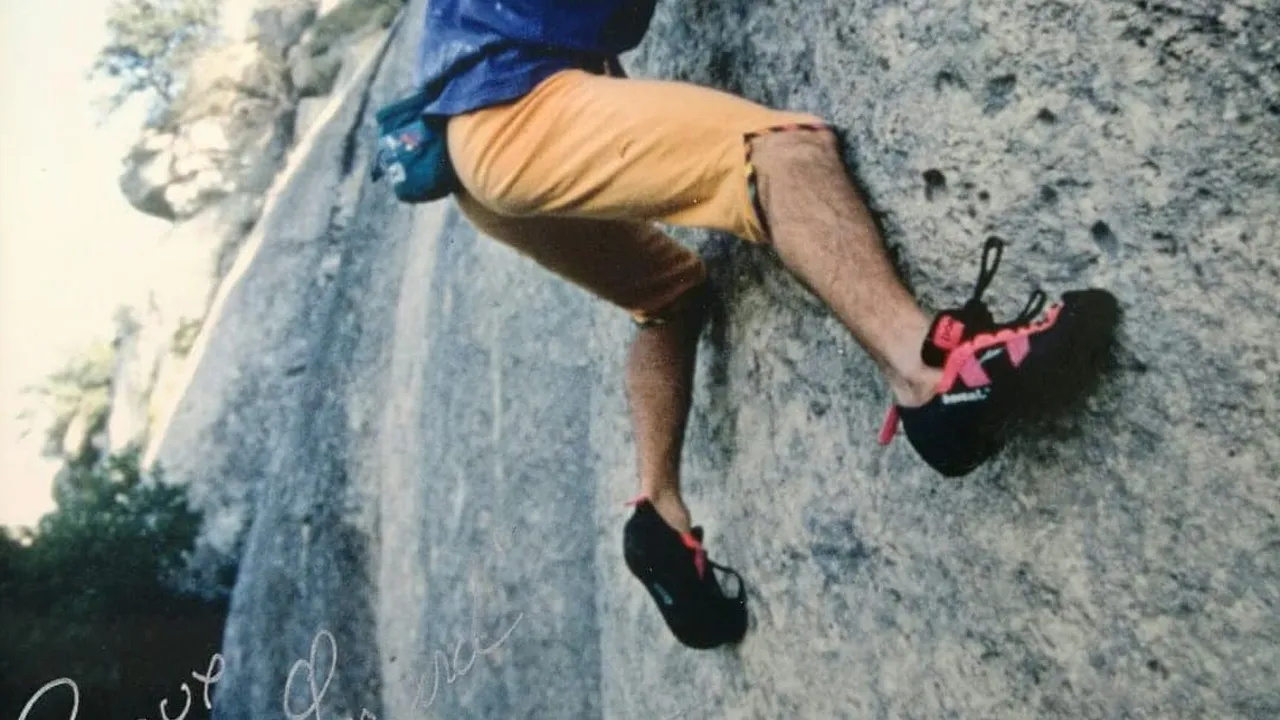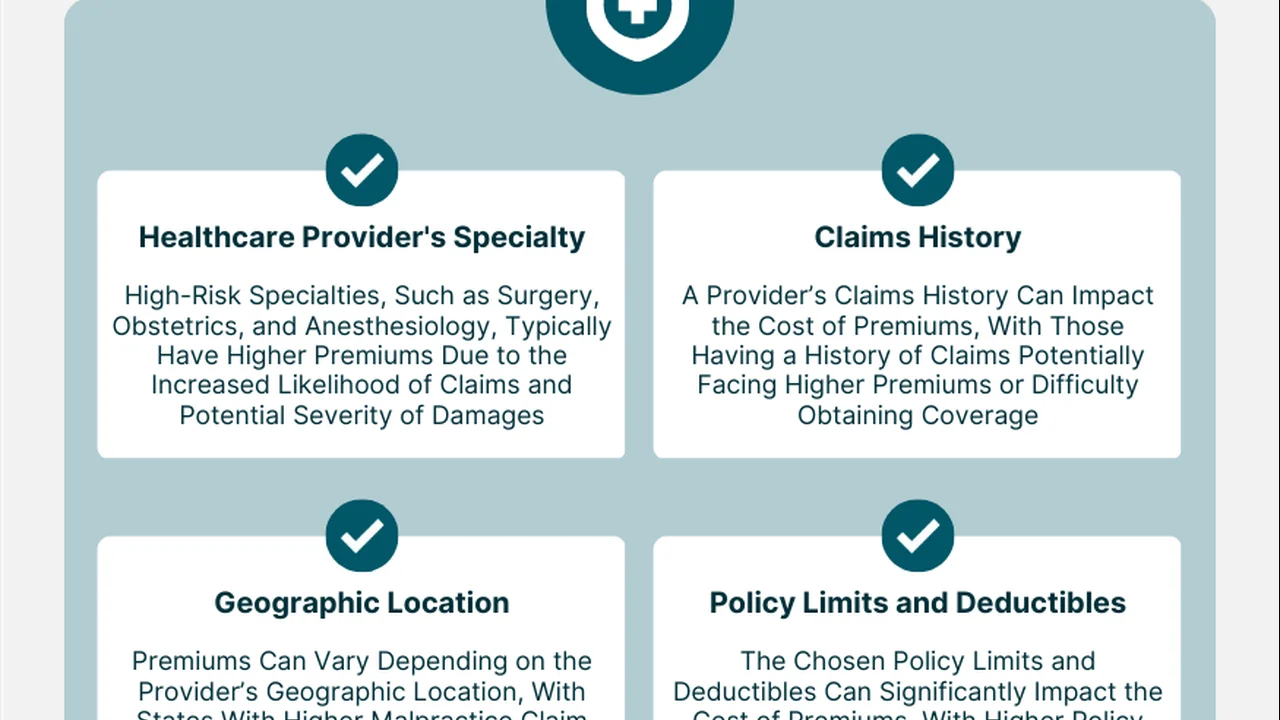High-Risk Insurance for Pre-Existing Conditions: What to Expect

Participating in high-risk activities with pre-existing conditions requires specialized insurance. Understand what to expect and find policies that cover your needs. This is your meta description, folks! Let's dive deep into navigating the world of high-risk activity insurance when you're already dealing with a pre-existing health issue. It's not always straightforward, but with the right knowledge, you can find the coverage you need to pursue your adventurous spirit without unnecessary financial worry.
Understanding Pre-Existing Conditions and High-Risk Activities Insurance
Okay, first things first, what exactly is a "pre-existing condition" in the insurance world? Basically, it's any health condition you've been diagnosed with or treated for before you apply for insurance. This could be anything from asthma or diabetes to heart conditions or even a history of back pain. Insurers see these conditions as potentially increasing your risk of needing medical care, especially when you're engaging in high-risk activities.
High-risk activities? Well, that's a broad term, covering everything from skydiving and rock climbing to scuba diving and even certain types of skiing. These activities obviously carry a higher risk of injury than, say, a leisurely stroll in the park. So, combining a pre-existing condition with a high-risk activity can make it tricky to find affordable and comprehensive insurance.
Why Specialized High-Risk Insurance Is Crucial with Pre-Existing Conditions
You might be thinking, "Can't I just use my regular travel insurance?" The short answer is: probably not. Standard travel insurance policies often exclude coverage for pre-existing conditions or have very limited coverage. And they *definitely* might exclude high-risk activities altogether. Imagine breaking your leg while rock climbing and then finding out your insurance won't cover a dime because of your pre-existing asthma and the "extreme" nature of the activity. That's a financial nightmare waiting to happen.
Specialized high-risk activity insurance, on the other hand, is designed to address these specific concerns. It's more likely to cover pre-existing conditions (though often with certain limitations) and will explicitly include coverage for the activities you plan to participate in. This gives you peace of mind knowing that if something goes wrong, you won't be left footing a massive medical bill.
What to Expect When Applying for High-Risk Insurance with a Pre-Existing Condition
Be prepared for a more thorough application process. Insurers will want detailed information about your pre-existing condition, including:
- Your diagnosis and treatment history
- Current medications
- Any recent hospitalizations or surgeries
- Your doctor's contact information (they may need to contact your doctor for clarification)
Honesty is absolutely key. Don't try to hide or downplay your condition. If the insurer finds out you weren't truthful, they can deny your claim or even cancel your policy. It's better to be upfront and find a policy that genuinely meets your needs.
You should also expect to pay a higher premium. Insurance is all about risk assessment, and a pre-existing condition combined with high-risk activities makes you a higher-risk client. The increased premium reflects that increased risk.
Finding Policies That Cover Your Specific Needs and Activities
Not all high-risk insurance policies are created equal. Some policies might cover certain pre-existing conditions but not others. Some might cover skydiving but not scuba diving. It's crucial to shop around and compare policies carefully to find one that specifically covers your condition and the activities you plan to participate in.
Read the fine print! Pay close attention to the policy's exclusions and limitations. Understand what's *not* covered before you buy the policy. For example, some policies might exclude coverage for pre-existing conditions if you haven't been stable on your medications for a certain period of time.
Consider working with an insurance broker who specializes in high-risk activities. They can help you navigate the complexities of the insurance market and find a policy that meets your specific needs. They understand the jargon and can explain the nuances of different policies in plain English.
Specific Product Recommendations and Comparisons for High-Risk Activity Insurance
Okay, let's get down to brass tacks and look at some specific insurance options. Remember, prices and coverage can change, so always double-check the details on the insurer's website before making a decision.
World Nomads Explorer Plan: A Solid All-Around Option
World Nomads is a popular choice for adventure travelers, and their Explorer Plan offers coverage for a wide range of high-risk activities, including skiing, scuba diving, and rock climbing. They also offer some coverage for pre-existing conditions, but it's important to review the policy details carefully to see if your specific condition is covered.
Key Features:
- Coverage for over 200 adventure activities
- Emergency medical coverage up to $100,000
- Trip cancellation and interruption coverage
- 24/7 emergency assistance
Typical Cost: Prices vary depending on your age, destination, and the length of your trip, but you can expect to pay around $100-$300 for a two-week trip.
Best For: Travelers who want a comprehensive policy that covers a wide range of activities.
IMG Signature Travel Insurance: Focus on Medical Coverage
IMG Signature Travel Insurance is known for its robust medical coverage, making it a good option for travelers with pre-existing conditions who are concerned about potential medical emergencies. They offer coverage for a variety of adventure activities, but it's essential to confirm that your specific activity is included in the policy.
Key Features:
- High limits for emergency medical coverage (up to $1,000,000)
- Coverage for pre-existing conditions (subject to policy limitations)
- Emergency medical evacuation coverage
- Trip interruption and cancellation coverage
Typical Cost: Prices are generally higher than World Nomads, ranging from $150-$400 for a two-week trip.
Best For: Travelers who prioritize high medical coverage limits and are willing to pay a premium for it.
DiveAssure: Specialized Coverage for Scuba Diving
If scuba diving is your main activity, DiveAssure is worth considering. They specialize in dive travel insurance and offer coverage for dive-related injuries and illnesses, including decompression sickness and marine life injuries. They also offer some coverage for pre-existing conditions, but it's crucial to check the policy details carefully.
Key Features:
- Coverage for dive-related injuries and illnesses
- Coverage for hyperbaric chamber treatment
- Emergency medical evacuation coverage
- Trip cancellation and interruption coverage
Typical Cost: Prices are competitive, ranging from $80-$250 for a two-week trip.
Best For: Scuba divers who want specialized coverage for dive-related risks.
Global Rescue: Emergency Evacuation and Rescue Services
Global Rescue isn't technically insurance, but it provides emergency evacuation and rescue services, which can be invaluable in remote or dangerous locations. They'll get you to the nearest appropriate medical facility if you're injured or ill, regardless of your pre-existing condition.
Key Features:
- Emergency medical evacuation from anywhere in the world
- Security extraction services
- 24/7 medical and security advisory services
Typical Cost: Membership fees range from $300-$600 per year.
Best For: Travelers who are venturing into remote or high-risk areas and want the peace of mind of knowing they can be evacuated in an emergency. Consider this *in addition to* a traditional insurance policy.
Comparing Products: A Quick Rundown
Here's a table to help you quickly compare these options:
| Insurance Provider | Coverage Focus | Pre-Existing Conditions | Price (2-week trip) | Best For |
|---|---|---|---|---|
| World Nomads Explorer | Comprehensive Adventure | Some Coverage (Review Policy) | $100-$300 | General Adventure Travelers |
| IMG Signature Travel | High Medical Limits | Coverage (Subject to Limitations) | $150-$400 | Travelers Prioritizing Medical Coverage |
| DiveAssure | Scuba Diving | Some Coverage (Review Policy) | $80-$250 | Dedicated Scuba Divers |
| Global Rescue | Emergency Evacuation | Not Relevant (Service Based) | $300-$600 (Annual) | Travelers in Remote/High-Risk Areas |
Disclaimer: These prices are estimates and can vary based on individual circumstances. Always get a quote directly from the insurer.
Using Scenarios to Illustrate Policy Choices
Let's look at a few scenarios to help you understand how to choose the right policy:
Scenario 1: Sarah, a rock climber with asthma. Sarah wants to go rock climbing in Yosemite National Park. She has asthma, which is well-controlled with medication. She should choose a policy that covers asthma and specifically includes rock climbing. World Nomads Explorer Plan or IMG Signature Travel Insurance would be good options, but she needs to carefully review the policy details to ensure her asthma is covered.
Scenario 2: John, a scuba diver with diabetes. John wants to go scuba diving in the Caribbean. He has diabetes, which is also well-controlled with medication. He should choose a policy that covers diabetes and specifically includes scuba diving. DiveAssure would be a good option, as they specialize in dive travel insurance. He should also consider Global Rescue in case of an emergency requiring evacuation from a remote island.
Scenario 3: Emily, a skier with a history of back pain. Emily wants to go skiing in Colorado. She has a history of back pain, which flares up occasionally. She should choose a policy that covers pre-existing back conditions and specifically includes skiing. She should also ensure the policy covers physiotherapy or chiropractic treatment, should she need it.
The Importance of Reading Reviews and Doing Your Research
Before you commit to any insurance policy, take the time to read reviews from other travelers. See what their experiences have been like with the insurer, especially when it comes to claims processing and customer service. Websites like Trustpilot and InsureMyTrip offer customer reviews of various travel insurance providers.
Don't just rely on the insurer's website for information. Do your own independent research. Compare policies from multiple providers and read the fine print carefully. Ask questions if you're unsure about anything. The more informed you are, the better equipped you'll be to make the right decision.
Final Thoughts: Protecting Yourself and Your Adventures
Finding high-risk activity insurance with a pre-existing condition can be a bit of a challenge, but it's definitely not impossible. By understanding the challenges, being honest about your condition, and shopping around carefully, you can find a policy that provides the coverage you need to pursue your adventurous passions with confidence. Remember, the goal is to protect yourself financially and medically so you can focus on enjoying your trip to the fullest. Now go out there and have an amazing adventure!
:max_bytes(150000):strip_icc()/277019-baked-pork-chops-with-cream-of-mushroom-soup-DDMFS-beauty-4x3-BG-7505-5762b731cf30447d9cbbbbbf387beafa.jpg)






